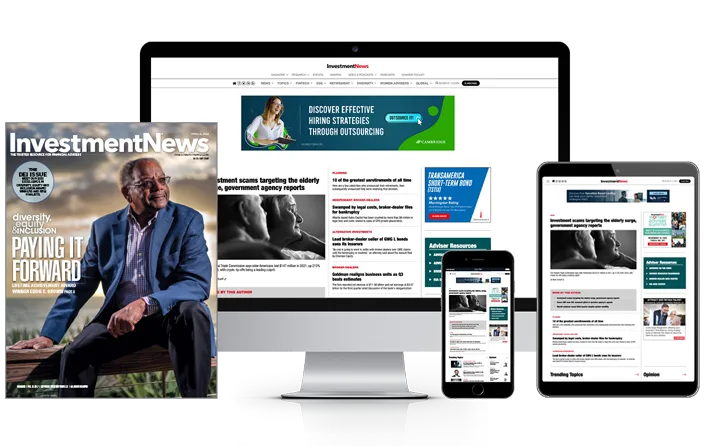

Many people have become more familiar with their health savings accounts this year, using the accounts to pay for COVID-19-related health care expenses.
As of June, at least 13% of people who have HSAs used them for that purpose, according to results of a Charles Schwab survey conducted in May and June. Just over three quarters of employers provide HSAs to their workers, and about 45% of people opt for them, according to that survey.
The account type is more widely available than ever, and it’s an option that employers are increasingly considering. According to a separate survey published earlier this month by Fidelity Investments, 27% of companies have made changes to their employer-sponsored health benefits since March, when the pandemic was declared.
Only about 8% of workers are unaware of HSA options in their plans, Fidelity found.
“Many choose not to opt for a High Deductible Health Plan, which is a requirement to contribute to an HSA,” the company stated in an announcement. “Yet, when the HSA is utilized, 89% report that it has a positive impact on their lives.”
The account type is distinct from flexible spending accounts, contributions to which expire. HSAs are most commonly used like checking accounts for health care expenses, though they are designed to be investment accounts – a message that providers have been amplifying.
About 52% of employers explain HSAs to their workers as a retirement savings account, according to an Aug. 20 report by the Plan Sponsor Council of America. However, many employers don’t have a grasp on how HSAs can be used — an area where guidance from retirement plan advisers can be useful.
“While HSAs have been around for more than a decade and a half, employers and participants are only just coming to appreciate their power as an additional way to save for retirement,” American Retirement Association principal researcher Jack Towarnicky, said in an announcement. “Employers need continued support in explaining the unique benefits of HSAs to employees — aligning it with their retirement savings programs rather than solely as a separate health benefit can help overcome some of these education barriers.”
Explaining HSA benefits to workers was employers' top concern about the accounts this year, according to PSCA’s report. Tax treatment and contribution limits were among their leading concerns, the group found.
While employers are increasingly describing the accounts to their workers as retirement savings vehicles, only about 4% of companies set up HSAs with the same investment menus that are available within their 401(k)s, PSCA found. About 15% of employers said they would like the investment menus to be the same, but their plan providers often do not provide access to the same investments in the different account types, according to the report.
In 2019, the average contribution to HSAs was about $2,600, and the average account balance was just over $5,600, PSCA found. Of employers that offer such plans, about 84% allow participants to invest their assets, though 80% require a minimum account balance of $1,000 before workers can do so. Those figures are based on responses from 181 employers that offered HSAs in 2019.
One HSA provider, HealthSavings Administrators, saw a spike in HSA contributions in July. Although contributions were lower in 2020 leading up to that time, July saw contributions jump by 24% compared to July 2019, according to an announcement from the firm. Further, there was a 93% increase in post-tax contributions, due at least in part to the change in tax-filing deadlines, according to HealthSavings Administrators.

The looming threat of federal funding cuts to state and local governments has lawmakers weighing a levy that was phased out in 1981.

The fintech firms' new tools and integrations address pain points in overseeing investment lineups, account monitoring, and more.

Canadian stocks are on a roll in 2025 as the country prepares to name a new Prime Minister.

Carson is expanding one of its relationships in Florida while Lido Advisors adds an $870 million practice in Silicon Valley.

The approval of the pay proposal, which handsomely compensates its CEO and president, bolsters claims that big payouts are a must in the war to retain leadership.
RIAs face rising regulatory pressure in 2025. Forward-looking firms are responding with embedded technology, not more paperwork.
As inheritances are set to reshape client portfolios and next-gen heirs demand digital-first experiences, firms are retooling their wealth tech stacks and succession models in real time.
